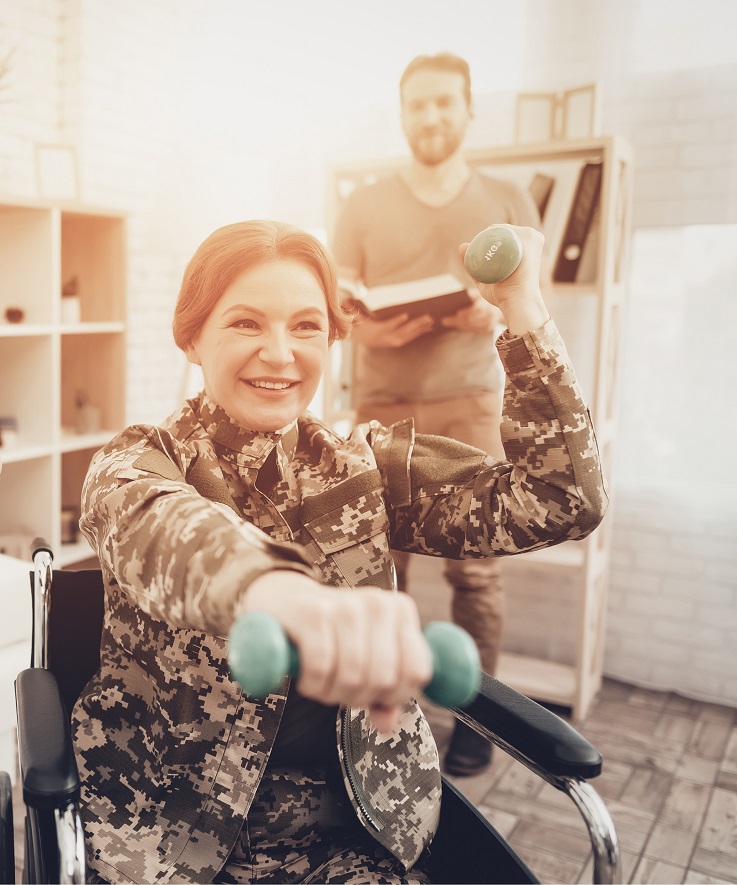Are health and fitness programs the key to increasing quality of life for injured veterans?

According to the Los Angeles County Veterans Study, 44 percent veterans who served in the 10 years following the 9/11 terrorist attack report difficulty readjusting to civilian life. For this reason, efforts to ease this transition have become an increasingly important concern.
The exercise science and fitness field has uniquely responded to the struggles of the veteran population through specialized programs.
The Wounded Warriors Project has physical activity sessions, fitness challenge, and nutrition and health programs created specifically for veterans who incurred injury serving on or after 9/11. The programs are in cities across the country. Program participant and veteran, John Rego, discusses how the program changed his life after he returned from combat. He felt detrimentally impacted by significant mental and physical injuries. He said, “I always looked at myself as an injured veteran. I thought there was no way I’d ever be as good as I was. I thought because I was hurt, I couldn’t go out and get active again.” Through fitness and nutrition programs, he found a way to handle the challenges of reintegrating into civilian life and aid the process of healing his injuries.
How do exercise and fitness programs help veterans?
- Mood-lifting – exercise has been proven to improve symptoms of depression, insomnia and anxiety through the release of endorphins and by introducing healthy, stress coping mechanisms.
- Rehabilitation – programs can be tailored to target rehabilitation and treatment of physical combat injuries, including loss of motion, amputation, and pain.
- Community building – programs create an opportunity for social interaction and camaraderie, facilitating outlets to share experiences within an understanding community.
- Structure – exercise regimens and goals present structure, which veterans may find comforting and familiar, paralleling the defined schedule on military life.
Treating a Growing Population
The number of disabled veterans is higher than any generation before us. 30 percent of post 9/11 veterans have some level of disability from service-related injuries, illnesses to psychological conditions such as Post Traumatic Stress. Additionally, only 18 percent of these injured post 9/11 veterans report that they are “very happy” with their lives overall and 60 percent of this demographic report only fair or poor current health.
Medical advancements play a role in these numbers. While improving healthcare has led to less fatalities in combat, there are more incidences of lasting disabilities, such as PTSD, amputations and other serious injuries. Further, high comorbidity rates of depression, insomnia and substance abuse problems contribute to issues with reintegrating into civilian life. With such a large number of veterans struggling to adjust to life post combat, it’s imperative that professionals develop programs like these to aid the transition.
William Woods University Bachelor of Science in Exercise Science program offers a concentration in Human Performance. Graduates of the program are prepared for careers as trainers at wellness and fitness facilities, often working with specific populations including veterans. All students in this program take Exercise Program Design. Through this course, students learn to uniquely meet the needs of a client by assessing current fitness, exercise experience and primary fitness goals.

